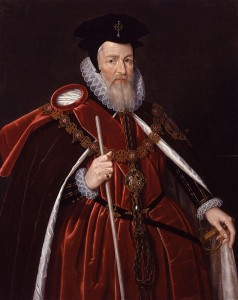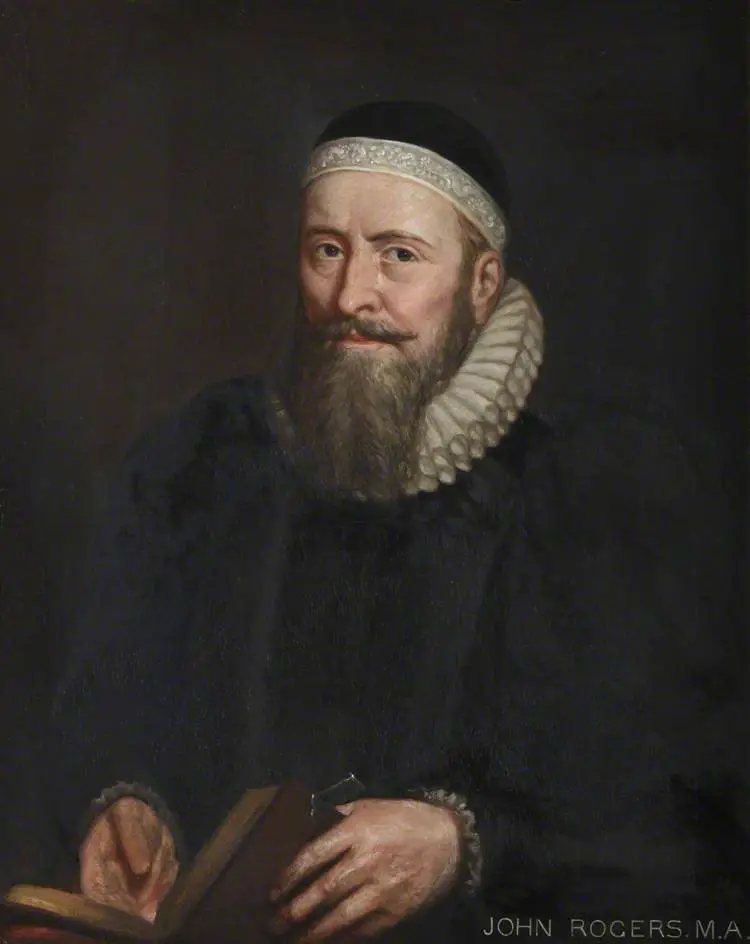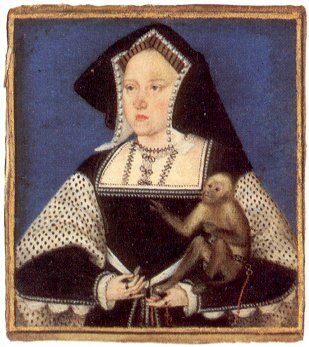Elizabeth I had called her secretary, William Davison, to her on 1st February 1587, asking him to bring Mary's execution warrant for her to sign. She signed it and later claimed that she had instructed him to not let the warrant out of his hands until he had permission from her. Davison's story differed. He claimed that Elizabeth told him that she wished the execution to take place in the Great Hall of Fotheringhay Castle without delay, for she was disturbed by reports of an attempt to rescue Mary. As instructed, Davison asked Sir Christopher Hatton, the acting Lord Chancellor, to seal the warrant with the Great Seal of England to validate it. Hatton and Davison had then taken the warrant to Lord Burghley, fearing that Elizabeth would change her mind.
The warrant was sent to Fotheringhay on 4th February.
Last year, I did a two-part video series on the fall of Mary, Queen of Scots. Here are the links:
- Elizabeth I and the Fall of Mary, Queen of Scots, Part 1
- Elizabeth I and the Fall of Mary, Queen of Scots, Part 2
(Taken from On This Day in Tudor History by Claire Ridgway)




Elizabeth I was a great double talker. Of course she gave the order, passed the warrant and authorized its confirmation. The story is that she signed it with other papers, pretending not to notice. Hatton would never have authorised anything. He needed to be certain this was what Elizabeth wanted. I don’t know anything about Davies, but I am certain Hatton would have been careful to have royal authority on this. I think they conspired to remain silent. Had either of them not had confirmation from Elizabeth they could have been next.
I do believe that Elizabeth hesitated. It was regocide to kill a Queen, treason even. Elizabeth knew that if Mary could be tried and killed, her people may get ideas about her. She also hesitated because Mary was her cousin and a sister Queen. Killing Mary was also a declaration of war with Spain and maybe France or even Scotland. She had to appear guiltless, so she pretended that she didn’t know she had signed the warrant, had not intended it to be used or had even changed her mind, but was too late. I think the way she screamed at her council afterwards, Elizabeth probably did change her mind, but the cover up suggests a conspiracy of silence.